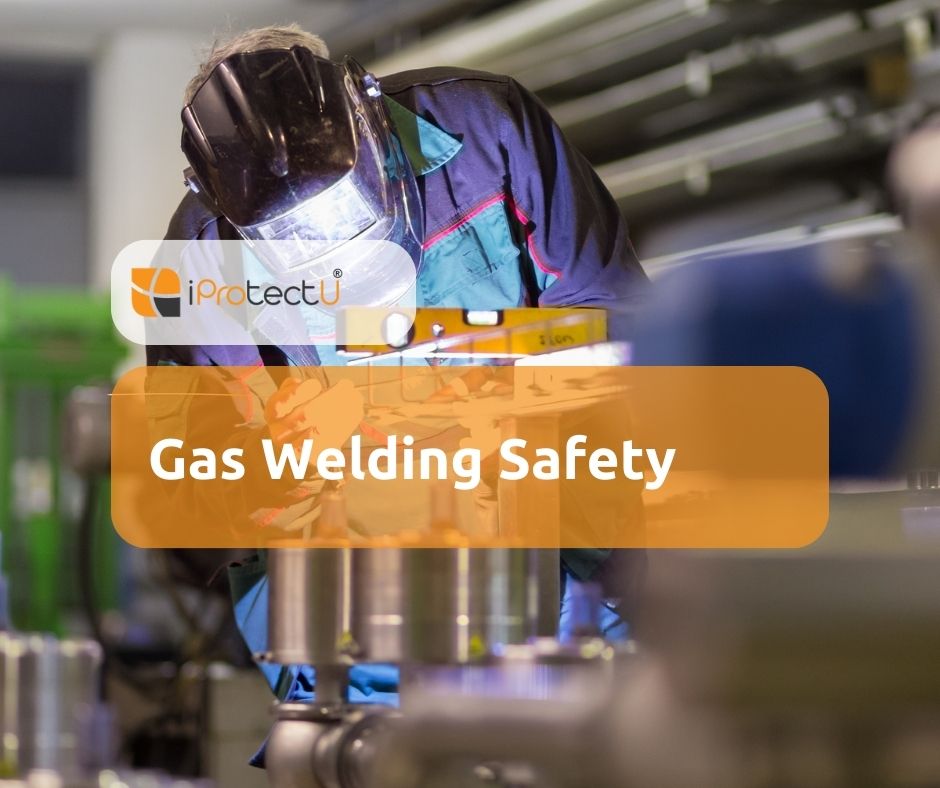
Rethinking Head Protection – Practical Strategies for Increased Compliance
According to a recent head protection survey, only 15% of workers who should be wearing head protection are wearing it correctly at all times.
Health and Safety Software » PPE Management » Gas Welding Safety

While it is a suitable method for metal fabrication and repair, it presents safety hazards. Below are some important considerations when engaging in gas welding.
Remember, these tips are general guidelines, and it is vital to refer to specific safety guidelines provided by your employer, the equipment manufacturer, and applicable safety regulations in your region.
iProtectU provides workplace inspection forms and allows a user to create, edit and document a gas welding risk assessment.
iProtectU brings together the key resources and knowledge of three companies specialising in EHS software development, health and safety, business intelligence and data analytics.
Our vision is to provide fully integrated, cost effective and simple to use health and safety software tools that enable our clients to engage their entire team.
Arrange your demonstration
Let us show you how we can transform your compliance management
Choose a date and time for your demo (no obligation) and we will be in touch.

According to a recent head protection survey, only 15% of workers who should be wearing head protection are wearing it correctly at all times.

iProtectU feature in Irish Health and Safty Review. Also sponsor and contributor to the Ibec seminar on Embracing technology to manage Occupational Safety & Health.

iProtectU present their capabilities to Wellington College Delagation from China on Embracing technology to manage Occupational Safety & Health.